Advertising Now
Advertising is boring. Mostly. Very few people look at an advertisement and go, “Wow, now that’s how I want to tell my truth!” If you said this in the society of the art cognoscenti, you are putting yourself up for some easy ridicule. At least, that is how it is with most of us bombarded by a million promos every day. Nothing seems to stand out.
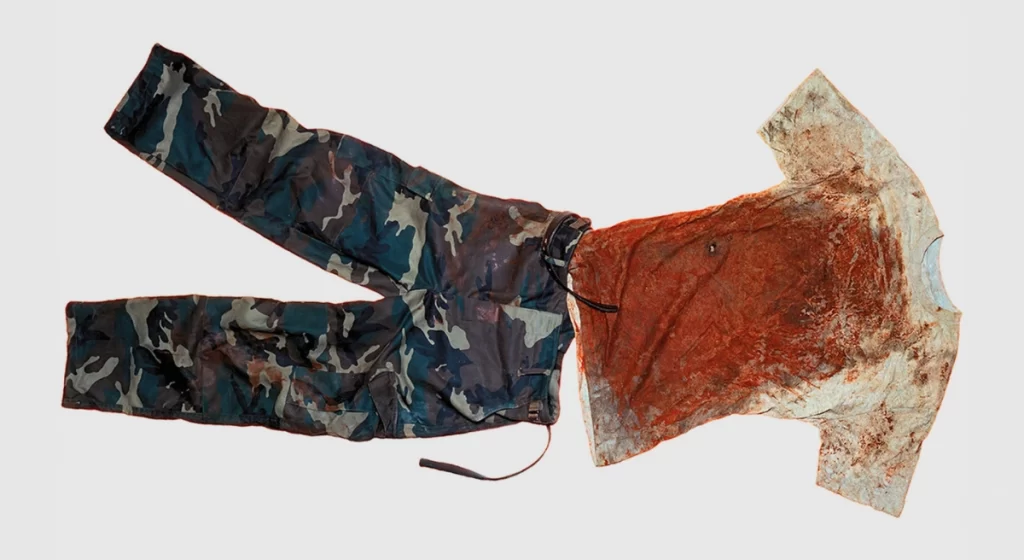
I don’t remember the last time an advertisement made me think about our world in a devastating and uplifting way. After all, advertising is peopled by professional hacks who understand the attention span of the masses, which is a little more than that of a goldfish. The profession forces you to deliver your message quickly, which is often nothing more than fluff. Among other things, Oliviera Toscani changed that. His image-making was so powerful that he “spiritualised” advertising. Yes, we are talking about the three pig hearts in that legendary spot for Benetton. It broke down the problem of racism into its essential element.
The World After Oliviero Toscani
With Toscani’s passing, the world has lost one of its most provocative visual storytellers. Oliviero Toscani was not just an ad man and a photographer. He was a visual philosopher and revolutionary, with his political affiliations clearly out there. He never sat on the fence, the agent provocateur that he was.
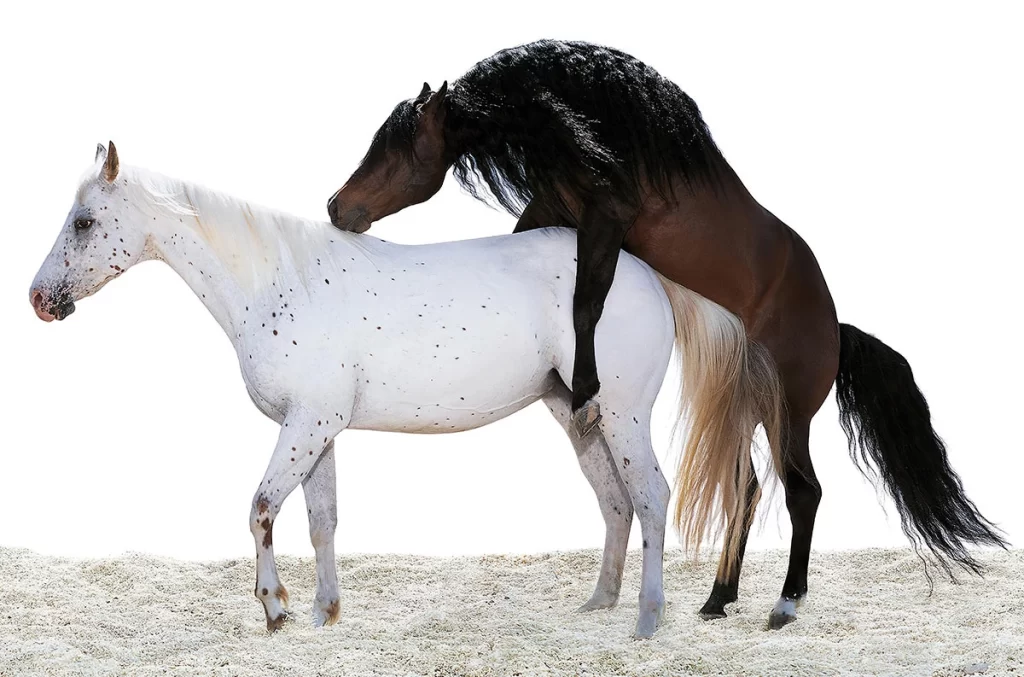
A Natural Born Kitschy Photographer
How he would impact the world was decided by his genes. He had, you could safely say, won the genetic lottery. His father, Fedele Toscani, was a renowned and respected photographer. But he got out of his father’s shadow with work that would make many artists envious.
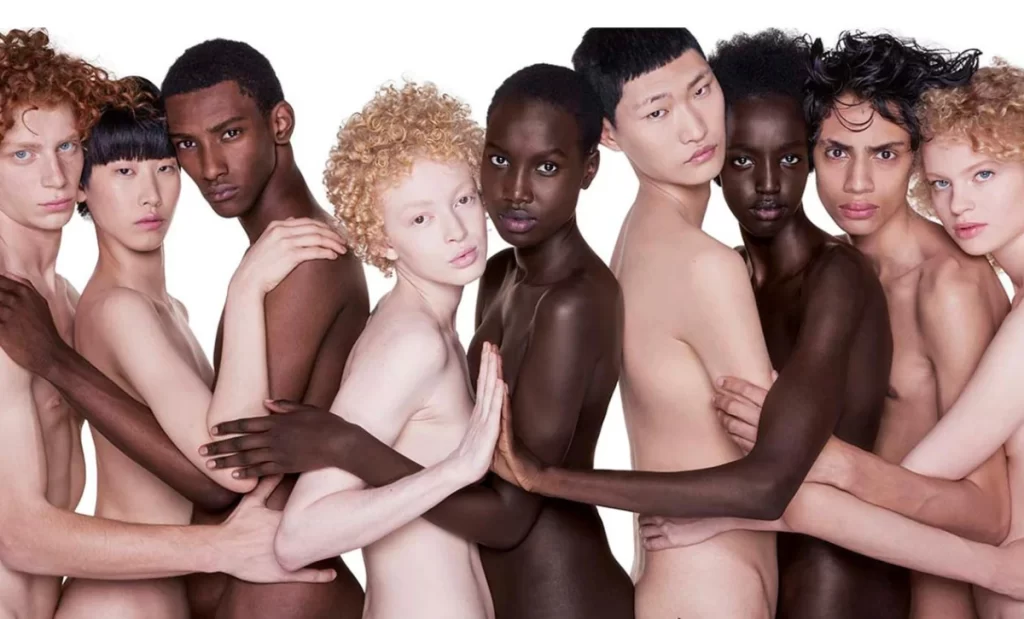
Oliviero Toscani was naturally curious about photography since he was a kid, and went on to study this art form in Zurich. He would have been regarded as a successful photographer anyway, as he worked with magazines like Vogue, Elle and Harper’s Bazaar.
Oliviero Toscani’s Photography Style
However, being your quintessential iconoclast, he wasn’t satisfied going down the beaten track. He wanted to show the world a mirror, if not change it. He wasn’t here to simply document life like most other photographers. Oliviero Toscani was in the business of image-making because he wanted to challenge how we look at the world. He rattled us by aesthetically presenting our biases and hypocrisies before us so that we could introspect without resentment. He was a true “artivist”, using mass media to awaken, shock and inspire people.
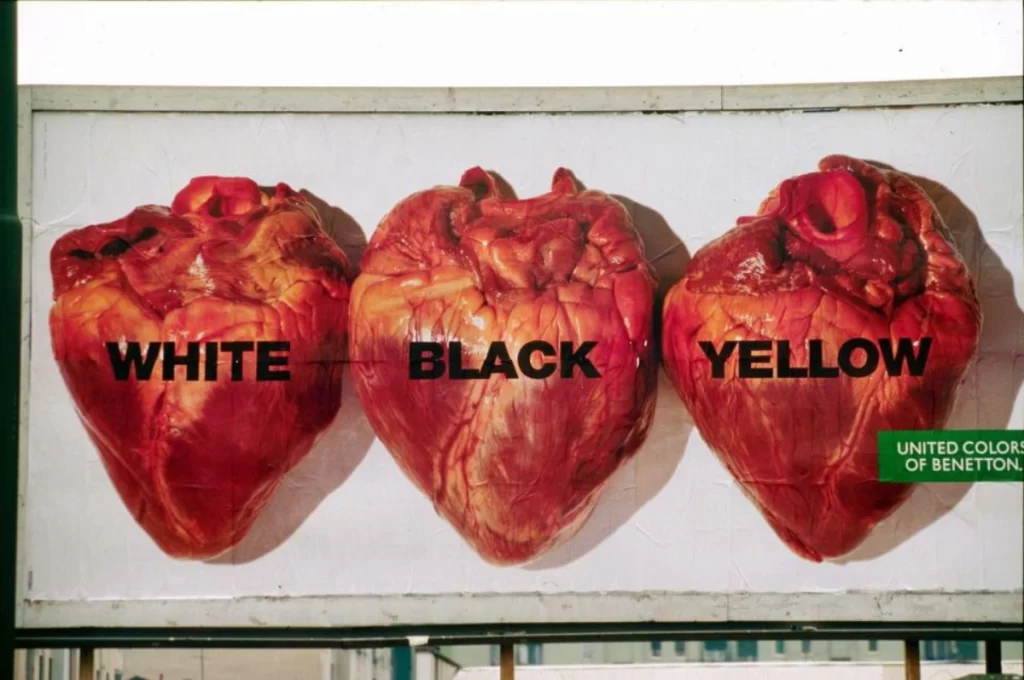
His brand of advertising was not about how good the product was. He made profound social commentary through campaigns for Benetton in the 1980s and 90s. His work transcended the business of advertising. He gave it a conscience.
That photograph of multi-coloured condoms placed against a simple white background was the first time many took notice. It was an advertisement alright, but it was a campaign on the dangers of AIDS, without sentimentality. It was just too cool to be just an ad. And it didn’t end there. He took on many significant global issues, sparking animated conversations in corporate boardrooms, in regular bedrooms and around countless coffee tables. He was the architect of many conversations. Oliviero Toscani believed that photos were not just meant to be beautiful. They had to be vehicles that made you think, and even sway public opinion. It would not be a stretch to say that his work translated into action because of the power of mass media. Nobody in the ad world had advertised with so much passion and thought.
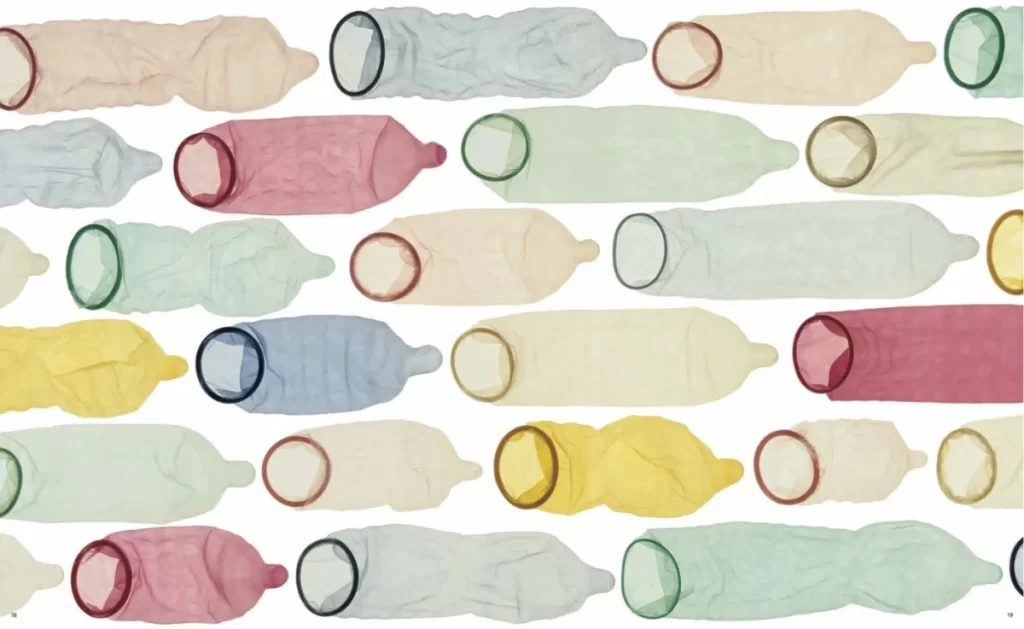
Tosacni’s desire to impact the world in a real way saw him carry the flag of change through various non-profit organisations and his project with Colors magazine. Most of all, he was a storyteller. He spoke about the human condition through his lens. He distilled the complex nature of humanity through the camera. He pushed boundaries with an uncanny simplicity. He spoke uncomfortable truths with style and a panache that cannot be emulated.
If advertising in our world reached the peak where high art sits, it was because of Oliviero Toscani’s uncompromising vision. It would not be wrong to say that he made admen look serious, not like peddlers of goods for profit. Just think about it: how many ad men would use a war photo to talk about fashion?
Photography Lessons to Be Learnt From Toscani
A fine artist can learn a lot from Toscani. For starters, how to compose an image in a way that cannot be ignored. You could say that his pictures not only spoke a thousand words but spoke them with a brevity that is almost impossibly cool. This is also something that curators and galleries can take note of. I have a feeling that Toscani might have chuckled to himself every time he saw art that was dressed in incomprehensible curatorial language.
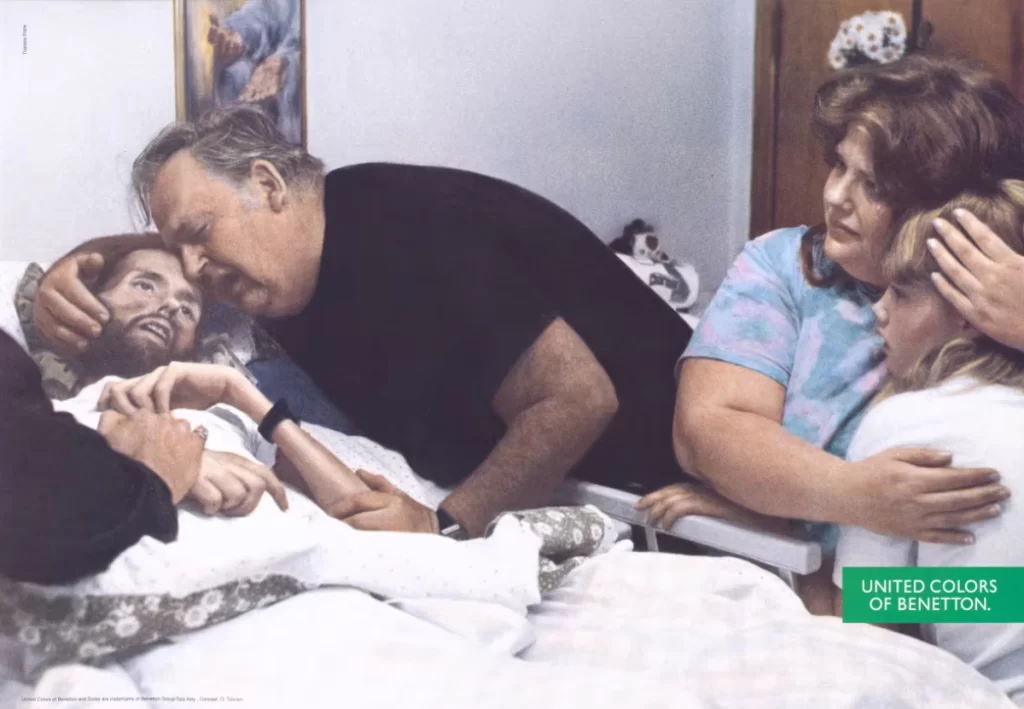
Most of all, Toscani’s images were a letter of love to humanity. He edified the idea of ‘one world, one people’ in mass media with a power that will never be forgotten. He will not only be studied in business, advertising and photography schools but also art and humanities colleges.
Above all, he will be loved by thousands of fans around the world for the impeccable humour with which he approached serious subjects like racism and equality. If you are looking for an example, look at that close-up photo of the hands of a black and a white man in handcuffs. Even convicts are human, whatever the colour of their skin might be. That was his message: that we are all human beings living in one big home called the Earth.
Image Courtesy – Forward Festival

Former Editor at Abir Pothi





